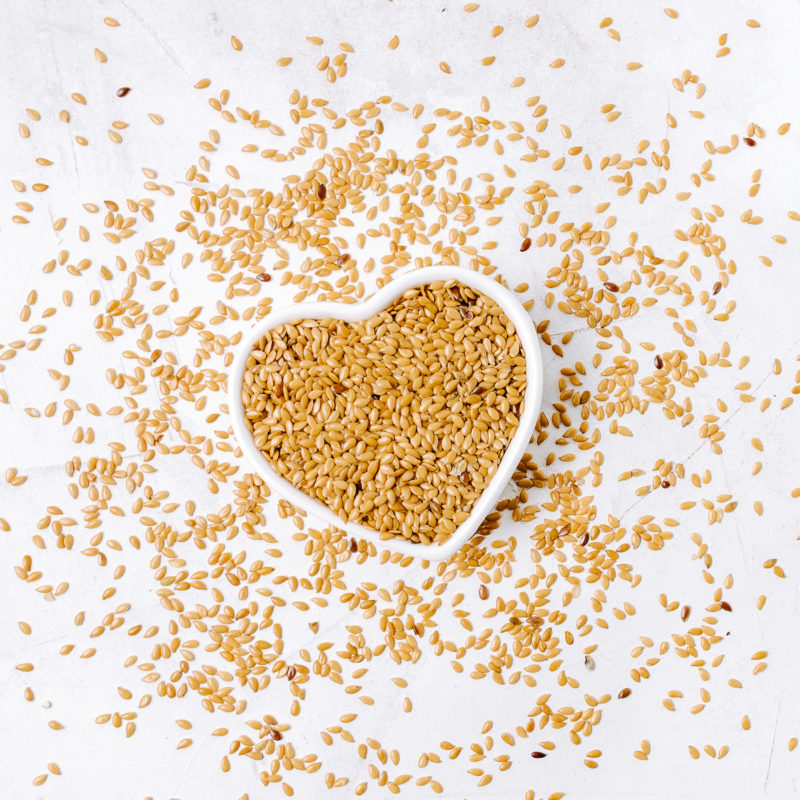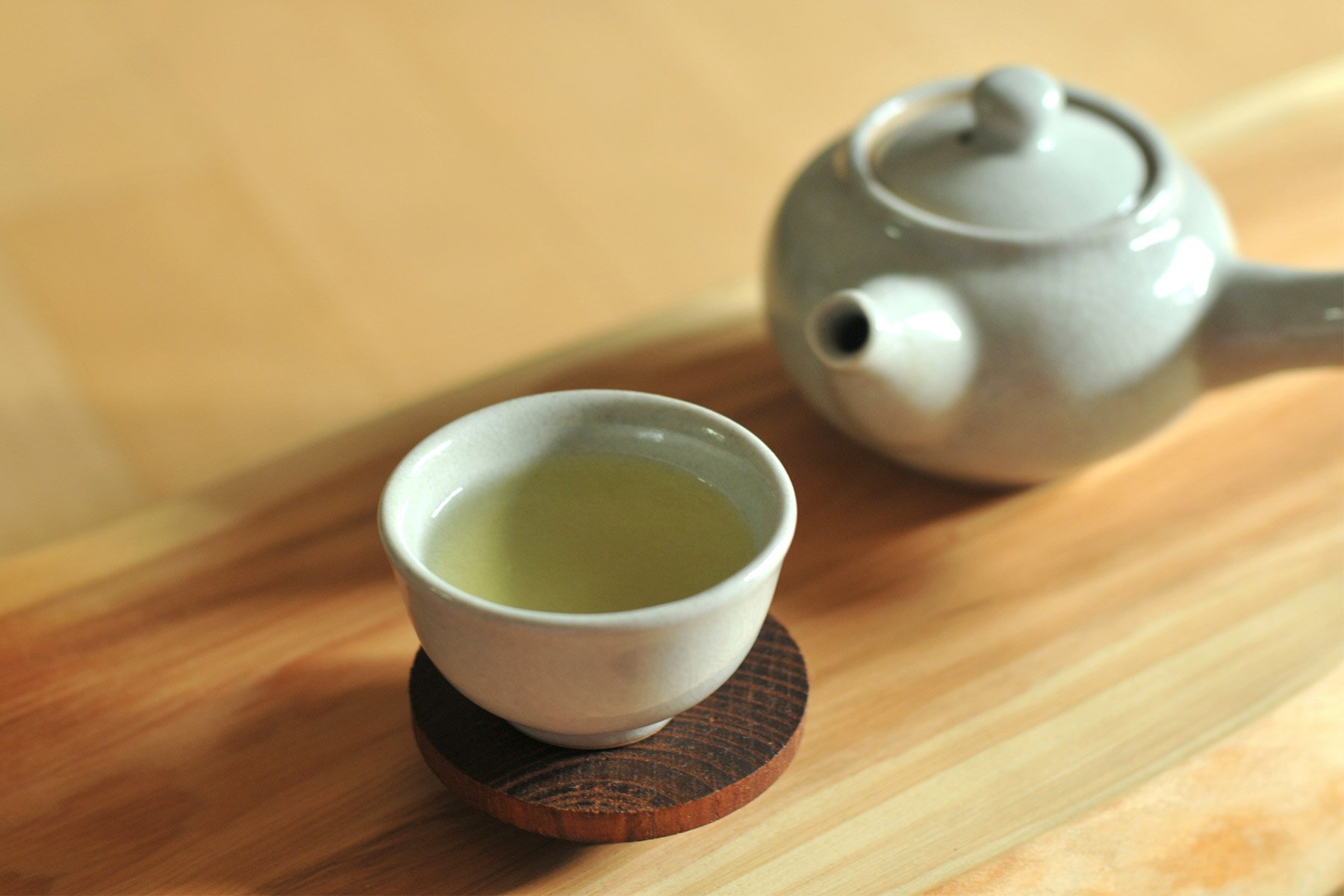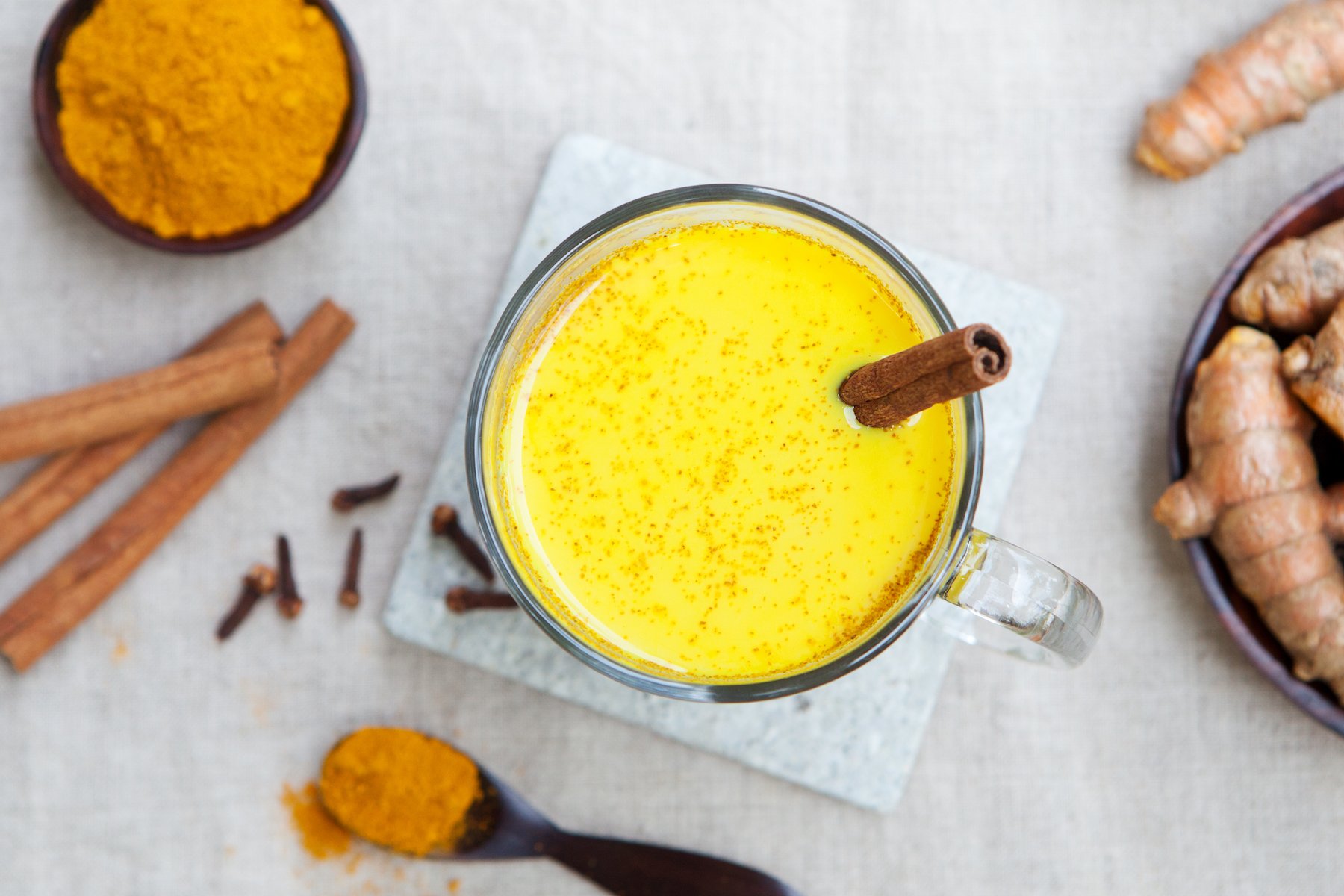The Basics of Flax Seeds
Flaxseeds (a.k.a. linseeds) come from the flowering Linum usitatissimum plant, cultivated for both food and fiber for thousands of years. While the stem of this plant yields strong, durable fibers that produce linen, flax is also grown for its seeds—a nutritional powerhouse that’s gained a lot of popularity in recent years thanks to its health-boosting benefits.
Some of the main bioactive compounds in flaxseed are alpha-linolenic acid (ALA), fiber, and lignans—all associated with reduced risk for cardiovascular disease, diabetes, osteoporosis, and others. Flaxseeds are one of the richest plant sources of ALA, an essential omega-3 fatty acid that has to be consumed via food because the body can’t make it on its own.
Flaxseeds are also a rich source of fiber thanks to the mucilage—a soluble fiber that allows it to absorb anywhere from 10 to 30 times its weight in water—found in the outer layers of the seed. When this dietary fiber in flaxseed reaches the large intestine, it has a bulking effect that can help speed up intestinal movement, preventing constipation and helping to promote regular bowel movements. Flaxseed is fermented by microflora in the colon and produces short-chain fatty acids (SCFAs), which research has shown has several health benefits, from maintaining the integrity of the intestinal barrier to protecting against inflammation.
“The combination of essential fatty acids, fiber, and lignans makes flaxseeds an excellent food for metabolic fitness.”
What makes flaxseeds unique is their high concentration of plant lignans—up to 800 times more than other plant foods. These compounds act as antioxidants and phytoestrogens in the body and can help prevent chronic illnesses, such as cardiovascular disease, osteoporosis, and breast cancer. Lignans also support optimal hormone balance thanks to their ability to mimic estrogen. This may mitigate estrogen dominance, a hormonal imbalance where you have too much estrogen compared to progesterone, which can lead to weight gain, infertility, and may even be linked to prediabetes. Lignans also support hormonal balance by stimulating liver production of sex hormone-binding globulin (SHBG). This protein binds to estrogen (and other hormones) in your blood and reduces the amount freely available for your cells.
Finally, flaxseeds are an excellent plant-based source of protein, providing amino acids relevant to metabolic functioning like tyrosine, cysteine, isoleucine, and valine.
Flax Seeds Metabolic Punch
The combination of essential fatty acids, fiber, and lignans makes flaxseeds an excellent food for metabolic fitness.
One study found that 20 grams of flaxseed supplementation in people with Type 2 diabetes over 12 weeks reduced fasting blood glucose and HbA1c more than a placebo did. Another study found that consuming one tablespoon or more of flaxseed daily can improve glycemic control in both men and women with prediabetes.
While the lignans in flaxseeds have antioxidant and hormonal benefits, one particular lignan found in flaxseed called secoisolariciresinol diglucoside (SDG) may also have favorable metabolic effects. Animal studies have shown it can improve obesity and help glucose and insulin control.
Flaxseeds are also low in carbohydrates and high in fiber, which means they’re unlikely to spike blood glucose. Plus, they’re loaded with micronutrients that promote good metabolic fitness like calcium, magnesium, tocopherols (a form of vitamin E), and niacin.
Flax Seeds Buying Advice
- You’ll find two primary varieties of flaxseeds: brown and golden. Both have a similar nutrition profile and equal numbers of short-chain fatty acids.
- Even though you’ll eventually grind the seeds before you use them, buy them whole (organic, if possible). That’s because milling, grinding, or crushing flax seeds destroys the hard protective coat on the seed, exposing the healthy omega-3 fats and phytoestrogens to oxygen that’ll make the seeds go rancid.
- If you can find sprouted flax seeds, even better. The sprouting process transforms the nutrients stored in the seed, which improves the digestibility of flax and makes its nutrients more readily available.
- While flaxseed oil (a.k.a. linseed oil) is full of beneficial fatty acids, it lacks the fiber you’ll find in whole flax seeds. Plus, it has an even shorter shelf life than pre-ground flax, which means it’s essential to store in the fridge after opening. If you buy it, look for cold-pressed flaxseed oil in an opaque bottle that protects it from the light. It should have a slightly nutty taste; bitterness or a burnt smell or taste means it’s probably gone bad.
Tips for Using Flax Seeds
- Always grind flax seeds in a food processor or coffee grinder before eating. The tiny seeds are tough for your body to break down and can pass through your intestine undigested, which means you won’t extract the full nutrient value if you eat them whole.
- Store them in an air-tight container in the fridge to minimize oxidation. If you grind too much, store the extra in the freezer to better preserve the nutrients.
- Add to smoothies to create a rich, creamy texture. A high-powered blender will emulsify whole flaxseeds, which means you’ll get the same kind of milk-like result with flaxseeds and water as you do when you add a cup or two of nut milk to your smoothie.
- Use in baking recipes by swapping half the flour in the recipe with ground flax. Research shows that baking flax in a muffin at 350 degrees F doesn’t significantly change the composition or content of ALA.
Flax Seeds Ideas
DIY flax milk. You’ll find countless recipes online (and plenty of $4-per-carton options at the grocery store) but can easily make your own by combining 1/3 cup of whole flaxseeds with 3 cups of water in a high-speed blender and blend until thick and creamy. Then, run the mixture through a nut milk bag or cheesecloth to strain the seed particles. After straining, blend again and add more water until you get to your desired consistency. You can also mix in some vanilla, stevia, dates, cocoa powder, or other ingredients to boost the flavor. If you make extra, you can store it in the fridge for a few days.
Flax egg. Boost the protein, fat, and fiber content of everything from almond flour muffins to grain-free pancakes by using this mixture in a 1:1 recipe replacement for eggs. Mix 1 tablespoon of ground flaxseeds with 3 tablespoons water and let it sit until it thickens and turns into a gel (about 5 minutes).








